The Grand Sonata – Liszt’s Piano Sonata in B Minor
The Grand Sonata – Liszt’s Piano Sonata in B Minor
What we can never deny is that Liszt and Chopin were the two that totally changed the piano technique, and we would not be wrong to say that not such an important advancement in piano technique has been made since what they did. Starting from the technique of using a coin on the wrist and then developing their études (either by Chopin or Liszt), it seems one of the big gaps ever jumped in the history of art.
The Liszt Sonata in B Minor. The name causes pianists to tremble, perhaps even fall off their piano benches. Liszt's powerful masterpiece is difficult to understand, and even more devilishly difficult to play. The roughly 30 minute piece is one of Franz Liszt's greatest achievements. It really sums up Liszt as a composer: forceful, unforgiving storms of sound, wild cadenzas and soul-stirring melodies.
Liszt - Piano Sonata in B Minor
It is likely that Liszt derived the idea of thematic transformation as a unifying process from Schubert’s “Wanderer Fantasy,” a work which he himself transcribed for piano and orchestra in 1851. Schubert’s themes run through all four movements of the fantasy in varied forms. The four movements are played without a break, and outline a symmetrical key scheme— C, E, A flat, C. This kind of formal plan held a strong attraction for Liszt, and many of the works of his Weimar period follow this model, besides the Piano Sonata in B Minor also the first piano concerto is another example.

Franz Liszt
The sonata in B minor is possibly the best exponent of Liszt´s mastery in piano and in composition. Indeed a pinnacle, a monument, in the history of piano and of music in general, not only for his improvements in the technique but also for the revolutionary conception of the piece itself. The big scales, chords and succession of octaves must not be seen as a mere adornment since they not only give stress but give together a sensation of orchestral sound in the piano. Apart form the mere piano technique, the composer followed the path of changing the sonata form, a path formerly opened by Beethoven, to turn it into one big movement, as in his symphonic poems.

Schubert-Liszt – Wanderer Fantasy (Brendel)
But in reality the whole work is tightly constructed from the music of the sonata's introduction. From that introduction he develops, first, three striking and powerful themes, then a passage sounding like a religious chorale. The final main section not only demands the utmost in piano technique to deal with its prestissimo tempo, but also employs elements of all the themes which have been spun out of the opening. Ultimately, in an eloquent concluding Andante, Liszt returns to the earliest versions of the main musical material and recedes into silence. Full of Romantic fire and spontaneity as the sonata may be, it also fits, depending on how one listens to it, into either the pattern of a single sonata-allegro-form movement (with exposition, development, recapitulation, and coda), or the four-movement structure of a traditional sonata (opening movement, slow movement, scherzo, and finale). Thus this work remains an enduring masterpiece even in the estimation of those listeners who tend to find Liszt's music overblown. In the Sonata in B minor, Liszt, the great radical, connected himself convincingly with the sonata tradition.
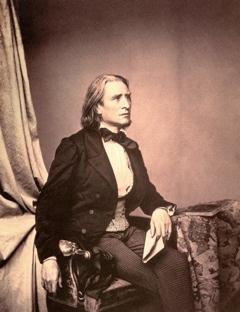
Franz Liszt
The sonata was published in the spring of 1854 and dedicated to Robert Schumann. Liszt meant this as a reciprocal gesture to Schumann in response to his being the dedicatee of the latter’s Fantasy in C major (1839), a work that Liszt described as sublime. However, Schumann never knew of the B Minor Sonata’s existence since by the time a copy of the newly published work arrived at the Schumann’s home in May, 1854, Schumann was already at the asylum at Endenich.

Clara and Robert Schumann
Clara Schumann, venerated as the leading woman pianist of the time, despised it, writing in her diary that "it is a blind noise.... It really is too awful." Unfortunately, Clara’s opinion was not atypical. During this period, and especially in this part of Germany, Liszt was often treated to an unkind dismissal by the musical society. When the work received its première performance, in Berlin, on January 22, 1857, nearly four years after its composition, it provoked a minor scandal among the conservative critics, from which it recovered with difficulty. Rarely did such great music get off to a less promising start.
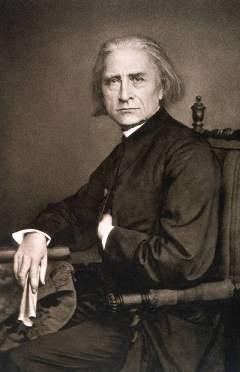
Franz Liszt
In 1855 Liszt's pupil Karl Klindworth gave Richard Wagner a private recital in London. The next day, Wagner wrote to the composer, "Dearest Franz, You were with me, the sonata is beautiful beyond compare; great, sweet, deep and noble, sublime as you are yourself."
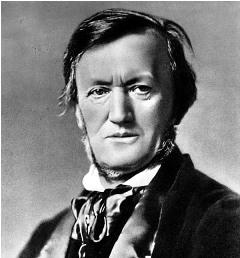
Richard Wagner
For the next two years, Liszt's brilliant pupil Hans Bülow prepared the technically arduous composition under Liszt's guidance. Bülow would give the world premiere on Jan. 27, 1857, in Berlin. It was a unique evening, also being the first public hearing of Bülow's friend Carl Bechstein's first concert grand. The piano received accolades from the audience, but the critics crushed the sonata. How, they asked, could Liszt show such disrespect for the time-honored multimovement classical sonata? One critic called it "an invitation to hissing and stamping."
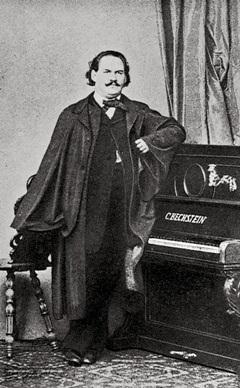
Carl Bechstein
In 1880, 23 years after its premiere, London would officially hear it, and Saint-Saëns performed it in Paris the same year. Bülow unveiled it in Vienna in 1881, where it was still controversial. The dreaded critic of Wagner and Liszt, Eduard Hanslick, cried in print, "whoever has heard that, and finds it beautiful, is beyond help." Yet by the turn of the century it was receiving frequent performances in Europe. During the 1920s Rachmaninoff played it often.
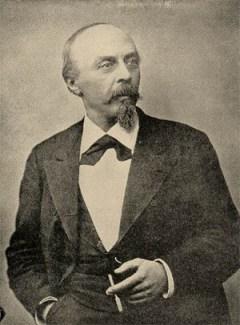
Hans Bülow
Vladimir Horowitz created a sensation with the sonata at his 1928 Carnegie hall debut. When, four years later, Horowitz made his now legendary recording of the B Minor Sonata, pianists world-wide made haste to learn it. The piece subsequently became an indispensable part of the repertoires of Argerich, Barenboim, Brendel, Gilels, Pollini and many others, all of whom have recorded it.
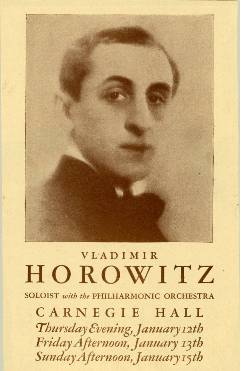
Vladimir Horowitz - Carnegie Hall 1928, poster
Franz Liszt once said, "My sole ambition as a composer is to hurl my javelin into the infinite space of the future." Indeed, though as both performer and composer he was one of the potent forces of Romanticism, Liszt's impact on modernism—on composers such as Ravel, Scriabin and Schönberg—was considerable. Ferruccio Busoni proclaimed, "We are all descended from him radically."
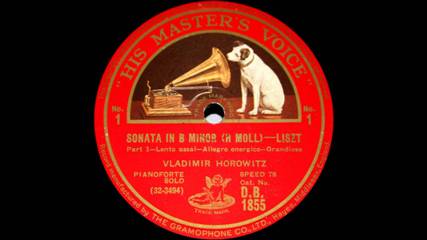
Liszt – Sonata in B Minor. Vladimir Horowitz 1932








